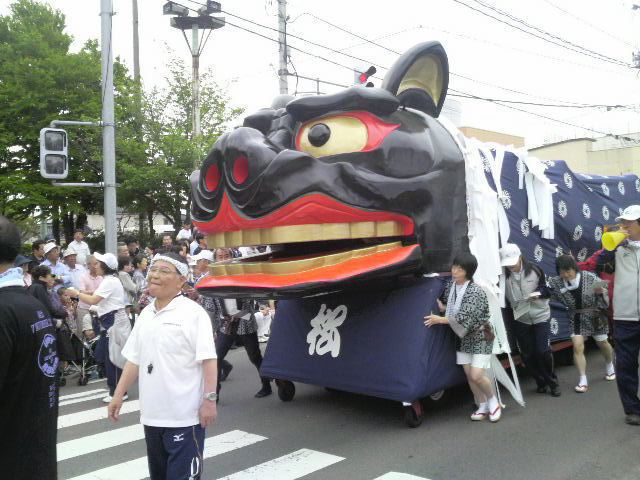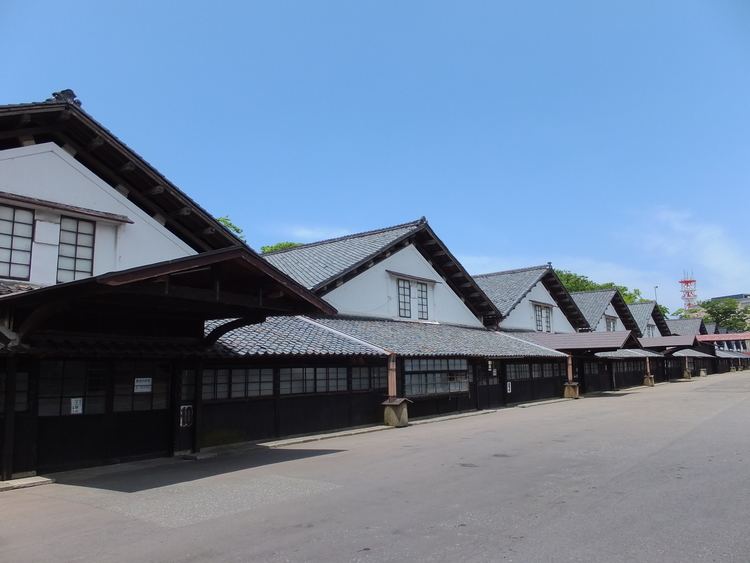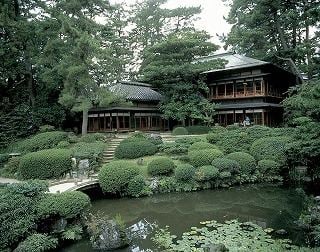Country Area 602.79 km2 Population 111,151 (2010) | Region Tohoku | |
 | ||
Map of Sakata, Yamagata
Sakata (酒田市, Sakata-shi) is a city located in Yamagata Prefecture, in the Tohoku region of northern Japan.
Contents
- Map of Sakata Yamagata
- Asayakesakatashi yamagata japan 1080p
- Geography
- Neighboring municipalities
- Climate
- History
- Economy
- Airports
- Railway
- Highway
- Seaports
- Universities
- High schools
- Health care
- Cinemas
- Newspaper
- Television
- Radio
- Sister city relations
- Art and historical museums
- Famous and historical Sites
- Leisure
- Shrines and Temples
- Culture
- Notable people from Sakata
- References

As of October 2015, the city has an estimated population of 105,022 and a population density of 174 persons per km². The total area was 602.97 square kilometres (232.81 sq mi).

Asayakesakatashi yamagata japan 1080p
Geography

Sakata is located in the coastal plains of the northwest corner of Yamagata Prefecture, bordered by the Sea of Japan to the west, and by Akita Prefecture to the north. The Mogami River runs through the city, which has Mount Chōkai on its northern border. The inhabited island of Tobishima, approximately 38 kilometres (24 mi) off the coast of the mainland, is within the administrative borders of the city. The island, as well as part of the mainland portion of the city, is within the borders of the Chōkai Quasi-National Park
Neighboring municipalities
Climate
Sakata has a humid subtropical climate (Köppen climate classification Cfa) with very warm summers and cool winters. Precipitation is plentiful throughout the year, although the months from February to June have somewhat less rainfall.
History
The area of present-day Sakata was the location of the provincial capital of ancient Dewa Province, although the precise location has yet to be discovered by archeologists. A port at the mouth of the Mogami River is known to have existed since the Kamakura period. Although silting rendered it less important in the Muromachi period, the area developed as a major center for the kitamaebune coastal trade during the Edo period. By the early Meiji period, the Honma clan, a local merchant clan, dominated trade and emerged as the largest landholder in Japan.
With the establishment of the municipalities system after the start of the Meiji period, the area was organized as Sakata Town under Akumi District, Yamagata Prefecture in 1878. Approximately 80% of the town was destroyed by the 1894 Shōkai earthquake and subsequent fires. The modern city of Sakata was founded on April 1, 1933. The city largely escaped damage during World War II, save for a lone air raid on its port district on August 10, 1945, which left 30 people dead or missing. On October 29, 1976 Sakata suffered from a major fire which gutted 22.5 hectares of its city center, destroying 1,774 buildings and injuring 964 people (and one fatality).
On November 1, 2005, the towns of Hirata, Matsuyama and Yawata (all from Akumi District) were merged into Sakata.
Economy
The economy of Sakata is based on light manufacturing, agriculture and commercial fishing. Major employers include Maeta Seikan, which makes concrete products and has played a major role in supporting reconstruction after the 2011 Tōhoku earthquake and tsunami, Kao, a chemical and cosmetics company and the electronics company, Seiko Epson. Seiko Epson uses the local Shonai Airport for weekly employee charter flights to and from Matsumoto, Nagano since 1997.
Airports
Railway
Highway
Seaports
Universities
High schools
Health care
Cinemas
Newspaper
Television
Radio
Sakata FM Radio
Sister city relations
Art and historical museums
Famous and historical Sites
Leisure
Shrines and Temples
Culture
- Sakata Festival is a historical festival held every year in the center of the city between May 19 and May 21. The first festival was held in 1609 during the Edo period. In the past, it was called Sannou Festival. However, after a large fire damaged much of Sakata in 1976, the festival became a memorial event and was renamed Sakata Festival. There is a large parade in the central streets of the city, which features festival floats and dancers from schools, local companies and community organisations. Huge 'shishi gashira' (lion heads) are symbols of the festival. It is said that children chewed by the shishi gashira will become smart and healthy. About 350 stalls line the side of the main street selling snacks, drinks and crafts.
- Sakata was the shooting location for the following movies:
